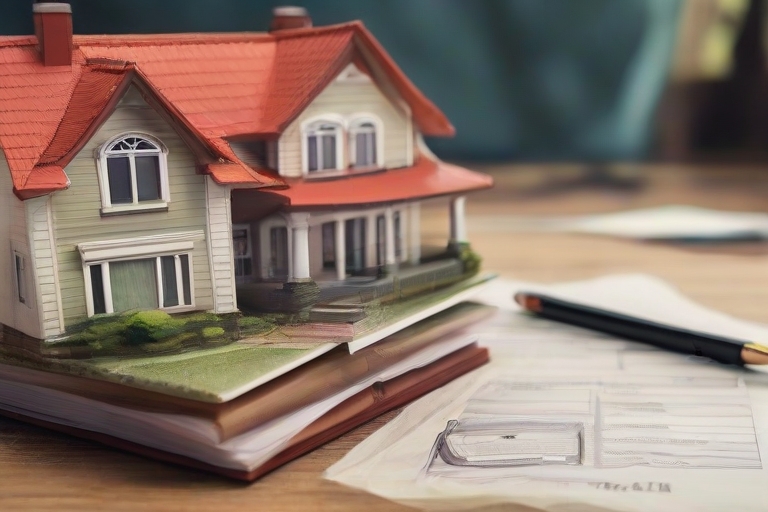While the money tied up is usually a fairly large sum, most of it can be borrowed.
The most important steps to bear in mind when buying houses
- Select properties that need improvement
- Borrow all you can
- Make selective improvements that increase total value more they cost
- Sell as quickly as possible
- Buy another house as soon as possible and start the cycle

You may be occasionally lucky enough to find good value in houses for sale, so that you can resell them without improvement at a profit. Such a simple procedure alone, though, is not likely to continue to work unless you are phenomenally lucky or skillful. The method that many experts use is to pay a fair price for a somewhat rundown property. They shun recently redecorated houses or houses only a few years old. The cardinal principle used in selection is to decide to what extent the house or lot can be renovated and still be sold for more than the purchase price plus the cost of renovations.
The skillful house trader uses the money of other people as much as possible. He may pay seven and a half percent interest on the money he borrows for his first mortgage, but only six percent for renovation money that he obtains through a home improvement loan. He tries to resell each particular property as quickly as he can so as to keep his loans outstanding for as short a time as possible.
There are two ways of improving property: first by physical change or face lifting secondly, in apartment houses, by improving the management operation. Typical physical changes include painting, adding fixtures, or landscaping. The management operation might be improved by increasing the revenues, or by decreasing operational expenses. Revenues may be increased by such measures as a re-allocation of apartment space or simply an increase in rentals.
Obviously the criterion by which any improvement must be judged is whether or not it increases the saleable value by more than the cost of the improvement. Dramatic increases in sale prices can sometimes be obtained through landscaping. If five per cent of the house value is spent on landscaping, a ten to twenty per cent increase in sale price can result. Even if land scaping does little more than pay for itself it almost invariably produces an increase in interested buyers. While well planned kitchen renovations are expensive, money spent on this area will usually more than pay for itself in an increase in resale value. Women often decide whether they are interested or not in a house after seeing only this one area.
Of course, improvements can be carried too far. The investor must consider the general quality of houses in the neighborhood as well as the kind of person he is trying to attract as a buyer.
As soon as the improvements are nearly finished, the house should be placed on the market. By the simple process of selling a house two months after purchase instead of four, an investor
will almost double the rate of return on his investment because, while his investment and profit may be the same, he had only to invest his money for half as long. Thus the effective rate of return on his investment is doubled. If he makes an unwise purchase and has to sell at a loss, a quick sale will result in a lower percentage loss.
Should you feel that you have the skills to follow this profitable part-time or full-time real estate venture, consult a good tax lawyer, or your trust company.









